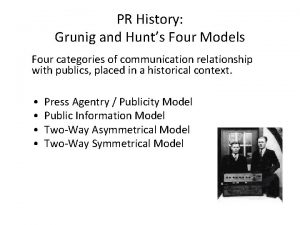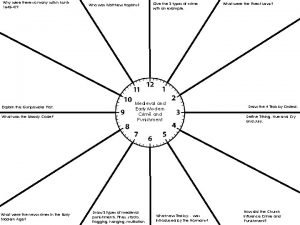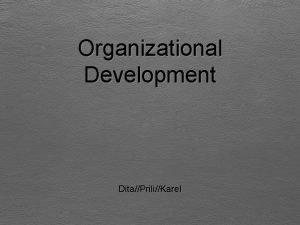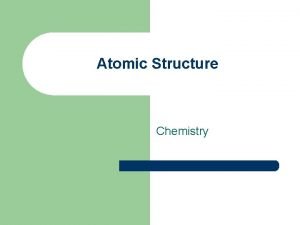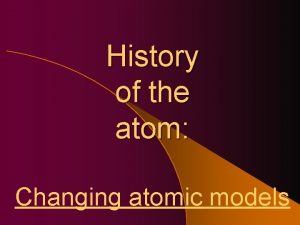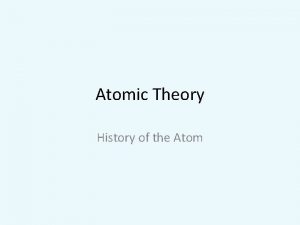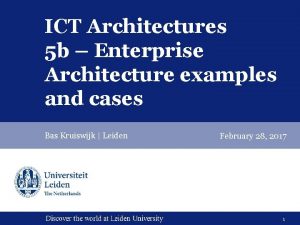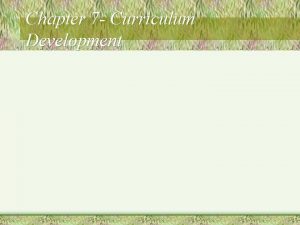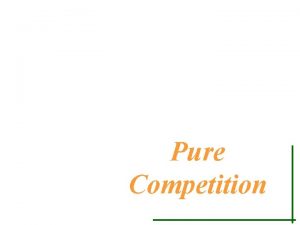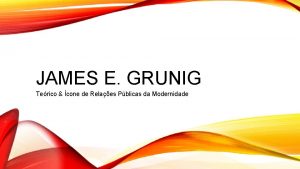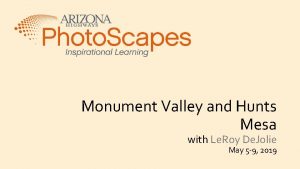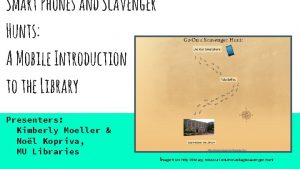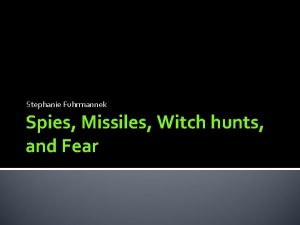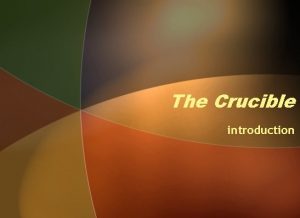PR History Grunig and Hunts Four Models Four














- Slides: 14

PR History: Grunig and Hunt’s Four Models Four categories of communication relationship with publics, placed in a historical context. • • Press Agentry / Publicity Model Public Information Model Two-Way Asymmetrical Model Two-Way Symmetrical Model

PR History: Grunig and Hunt’s Four Models • Press Agentry/ Publicity Model The earliest PR model emerged in the late 19 th century and was characterized as one-way, source-toreceiver communication. Its purpose was largely propagandistic and the truth was not an absolute requirement. Press agents did little research aside from monitoring the media in which they sought to place favorable articles about their clients.

PR History: Press Agentry/ Publicity Model • The prototype practitioner of this model was the American circus owner P. T. Barnum who in the 1850 s obtained massive coverage for his ‘Greatest Show on Earth’. He coined the phrase ‘there is no such thing as bad publicity’ and used stunts such as the marriage of circus stars to gain media coverage. • The model continues to be a component of contemporary PR and is used in sports, entertainment with the name of Celebrity PR. A current example is publicity activity surrounding Victoria and David Beckham. • http: //video. nytimes. com/video/2007/11/08/arts/1194 817116620/p-t-barnum-s-city-of-humbug. html

PR History: Public Information Model • By the early 1920 s the press agentry model lost credibility with journalists, largely because they had been deceived by press agents too many times. • Ivy Ledbetter Lee, a former journalist turned PR practitioner, recognized this problem and sought to address it by sending his Declaration of Principles to journalists. He stated that they could expect no less than factual and accurate information from his PR agency. This practice gave rise to the public information model.

PR History: Public Information Model • • • It continues to characterize communication as one-way, source-toreceiver, but now accuracy is important, indeed essential. The purpose of this model is dissemination of information like an in -house journalist, and it is depends on the idea that if the public has sufficient information and that information is truthful, then the public will believe and behave in ways that are helpful to the client. Today, the public information model can be found in government agencies, NGOs and in some businesses.

Ivy Lee He became ill-famed for doing damage control for the Rockefellers following the 1914 Ludlow massacre, in which striking miners and their families were shot and killed on behalf of Rockefeller mine interests in Colorado. Ivy Lee worked for Hitler and Nazi Germany in general in the 1930 s.

PR History: Two-Way Asymmetrical Model One of the limitations of the public information model is that sometimes the public failed to believe or behave in the desired way, even after they had been given all of the accurate and truthful information they might need about a particular topic.

PR History: Two-Way Asymmetrical Model • By the late 1920 s and early 1930 s, a new model began to appear. • The model took advantage of advances in psychology and public opinion polling to understand the attitudes of the public. • Edward. L. Bernays was the leading PR practitioner to apply this model. • As the nephew of Sigmund Freud, Bernays may have had some additional insights into the operation of the human mind, which allowed him to practice "scientific persuasion. "

PR History: Two-Way Asymmetrical Model

PR History: Two-Way Asymmetrical Model • The two-way asymmetric model relies on two-way communication: from source to receiver and back to source. • Grunig and Hunt use the term "asymmetric" to describe the effects of the communication. • The beliefs or behavior of the target are subject to change but not the beliefs or behaviors relating to the organization. • The two-way asymmetric model of PR relies heavily on research about the target publics. • This model is practiced extensively today by many businesses and public relations agencies.

PR History: Two-Way Symmetrical Model • In the 1970 s, American organizations were facing a variety of social and political movements. • The earlier models proved ineffective as organizations sought to counter these movements and the changes they sought. • Out of these failures, the two-way symmetric model of public relations arose.

PR History: Two-Way Symmetrical Model • This model argued that the main purpose of public relations was not one-way persuasion, as considered by earlier models. • The model relies on honest and open twoway communication and mutual give-andtake. • It focuses on mutual respect and efforts to achieve mutual understanding.

PR History: Two-Way Symmetrical Model • The model emphasizes negotiation and a willingness to adapt and make compromises. • It requires organizations engaging in public relations to be willing to make significant adjustments in how they operate in order to accommodate their publics. • Today, the model seems to be used more by non -profit organizations, government agencies, and heavily regulated businesses such as public utilities than by competitive, profit-driven companies.

A summary The Press Agentry/Publicity Model sometimes called the P. T. Barnum model, is almost pure propaganda. It is one-way communication that is often more hype than fact. In this model, the truth is not a priority. The press agentry model is used mostly to promote entertainment events like boxing The Public Information Model is one-way also, but truth and accuracy are very important. Many governments and nonprofit agencies use this PR model as a way to disseminate information relying on very little research and no feedback from the public. The Two-way Asymmetric Model uses feedback as a way to improve the effectiveness of an organization's message. Many corporations and businesses use this model. Evaluative research is conducted but the results are used strictly to alter public attitudes in favor of the organization's objectives. The Two-way Symmetric Model is based on a free exchange of information that is used to alter attitudes in both the organization and it's publics. This model of public relations depends on good feedback and is used primarily by organizations that are governmentally regulated and must prove that they are socially responsible.
 Grunig's 4 models of pr
Grunig's 4 models of pr Why were there so many witch hunts 1645-47
Why were there so many witch hunts 1645-47 Paper cow hunt
Paper cow hunt The crucible witch hunt game
The crucible witch hunt game Hazard hunts
Hazard hunts Iki yönlü simetrik model nedir
Iki yönlü simetrik model nedir Modals differences
Modals differences History of atomic models
History of atomic models Aristotle atomic
Aristotle atomic John dalton billiard ball model
John dalton billiard ball model History of the atom
History of the atom Ict architecture example
Ict architecture example 5 models of supervision
5 models of supervision Deliberation model of curriculum development
Deliberation model of curriculum development Four market models
Four market models
